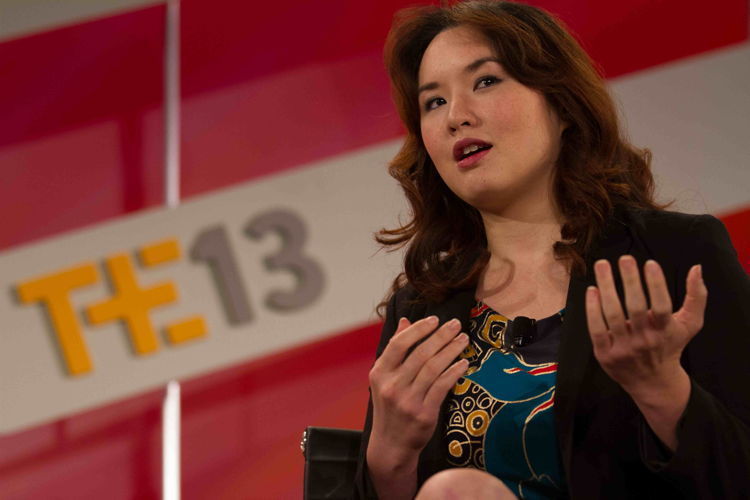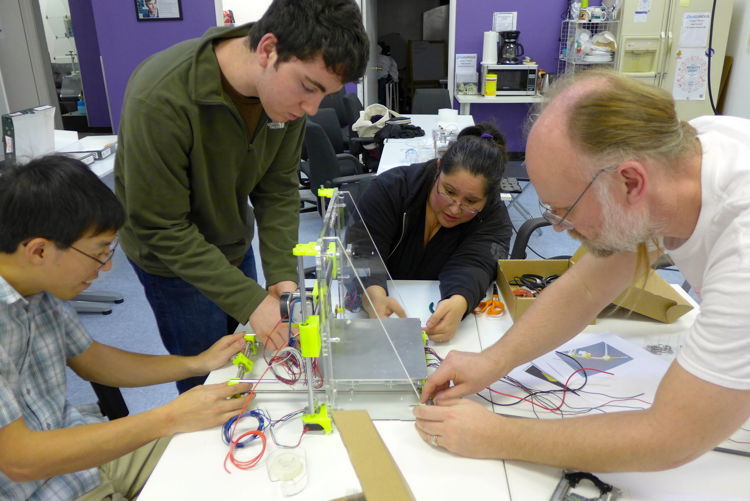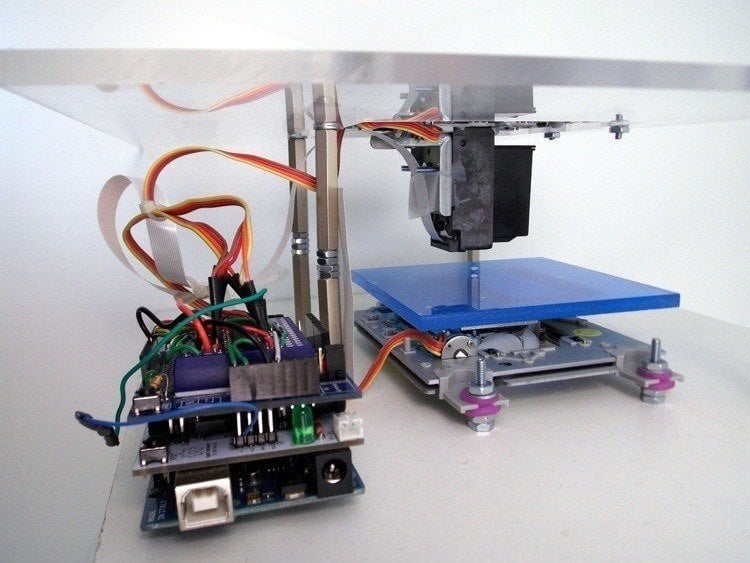Biohacking: The 3D Printer That Can Make Live Cells

Image Source: Techonomy
Eri Gentry brought biohacking into the mainstream in 2013 when the White House honored her as a Champion of Change, due to her commitment to democratizing science and science literacy for anyone willing to learn.
Like most biohackers, Gentry did not receive a formal education in biology, so she sought work in a lab that would not require her to be professionally trained. Eventually, she found a non-profit biotech lab, SENS, that took her in as a volunteer. After a colleague passed away from esophageal cancer, Gentry and the SENS Director of Research, John Schloendorn, founded a non-profit cancer research lab, Livly. Primarily located in a dingy California garage filled with tools and equipment purchased from eBay and pharmaceutical companies’ liquidation sales, their workspace was less than ideal.
Then, Gentry started holding gatherings via the DIYbio community in her home, where anyone who was curious could attend. Chemists, software developers, and even artists joined the meetings. Gentry discovered that there were many people like her—untrained in the field of biology—who had a passion for science. Gentry knew their needs: access to equipment, education, and a professional lab. The idea was to develop a hackerspace solely devoted to biology. With the help of a successful Kickstarter campaign, the idea became reality.

Biohackers working in the BioCurious lab. Image Source: Meetup
Now, her 2,600-square foot BioCurious laboratory in Sunnyvale, CA is open seven days a week and stands as one of the largest DIYbio organizations in the entire world. For only $100 a month, curious artists, entrepreneurs, engineers, musicians, and anyone else interested in expanding their knowledge of biology can access the labs and the many classes available. All around, BioCurious is one of biohacking’s great success stories. The lab even developed its own Bioprinter—a 3D inkjet printer that can print live cells using biological materials.

The BioCurious bioprinter. Image Source: WIRED
As the BioCurious mission statement says, “Innovations in biology should be accessible, affordable, and open to everyone.” And while, outside of California and New York, open source labs are few and far between, garage-dwelling biohackers are on the rise. In the words of PBS NewsHour special correspondent Spencer Michels, “What started as a fringe science has become almost mainstream.” Stanford University has even constructed a new lab dedicated to synthetic biology, a formal term for biohacking. Michels continued, “Biology has become a citizen sport, a place where anyone with or without training can do hands-on biology, and perhaps change the world.”
Next, read up on ten fringe sciences that are as fascinating as they are terrifying.





